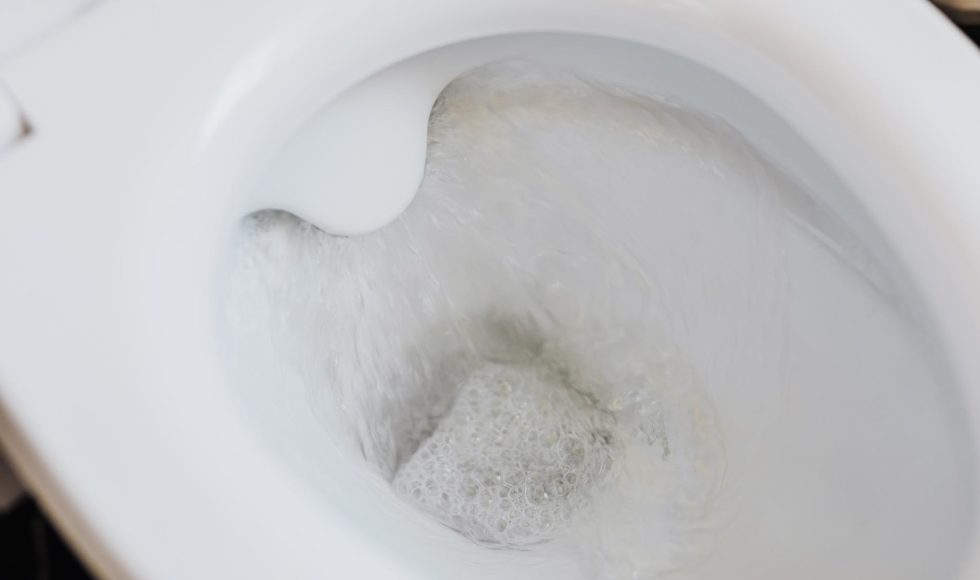Samuel Fisch from Tulane University School of Public Health and Tropical Medicine presented at the nanopore Community Meeting 2022 a ten-minute session on “Monitoring the circulation of SARS-CoV-2 variants through community wastewater sequencing.” Fisch stated that he goal was to “perform genomic sequencing on wastewater samples to detect variant changes within the local environment.” Wastewater surveillance is not new! Fisch explained that it can be used with sequencing in areas where clinical testing is unavailable. Wastewater surveillance also provides “health equity” and information on potential spikes in cases. COVID-19 infects the gastrointestinal system and can cause diarrhea in patients. Thus, excretions can be a sample for monitoring. Fisch explained that this project was done in collaboration with Michigan State University, and they sampled wastewater from campus dormitories. They used the QIAamp Viral RNA Mini Kit and sent nucleic acids to Tulane for sequencing. Michigan State University used digital PCR to detect and quantify the virus. Fisch used random hexamer amplification , cDNA synthesis, and then PCR amplification using the ARCTIC system. They then did a one-pot native barcoding kit for sequencing. The sequences were processed with EPI2ME and iDseq. Fisch highlighted that wastewater is full of stuff and detergents, and yet they were still able to detect the virus and most of its genome. Fisch shared a table depicting the emergence of variants. I thought it was cool that Fisch revealed they are colorblind and proud of the graph they created that still highlights the differences in proportions of variants over time. That is awesome! Their conclusions were that the MinION is an accessible tool for wastewater surveillance. They noted that the lab is working on a manuscript comparing digitla PCR and sequencing approaches.



